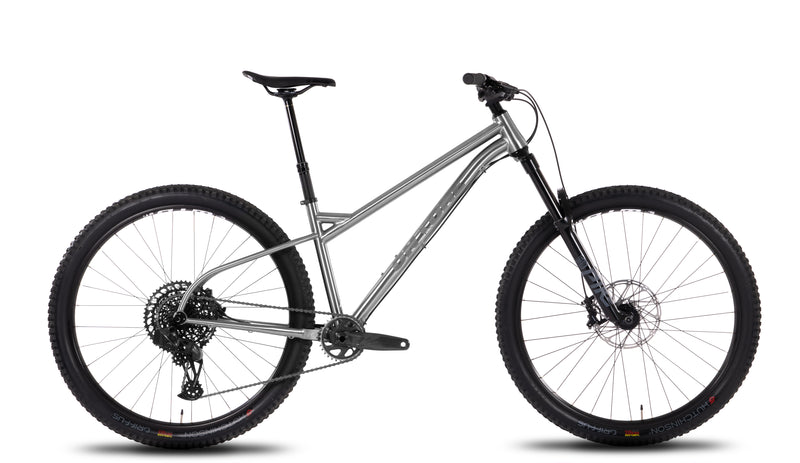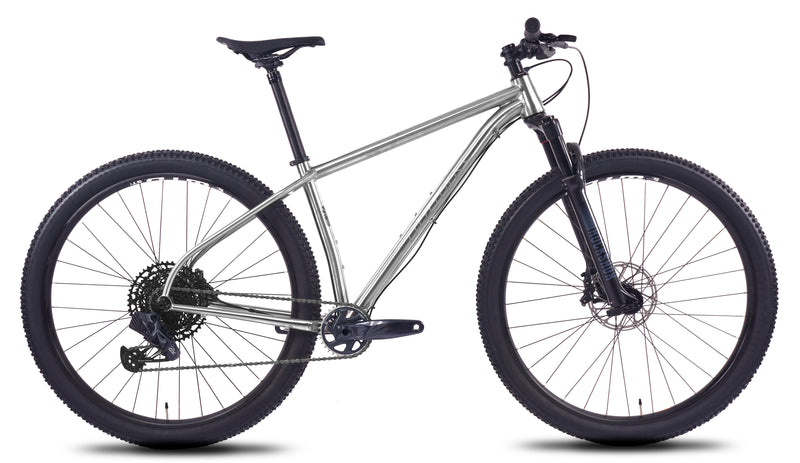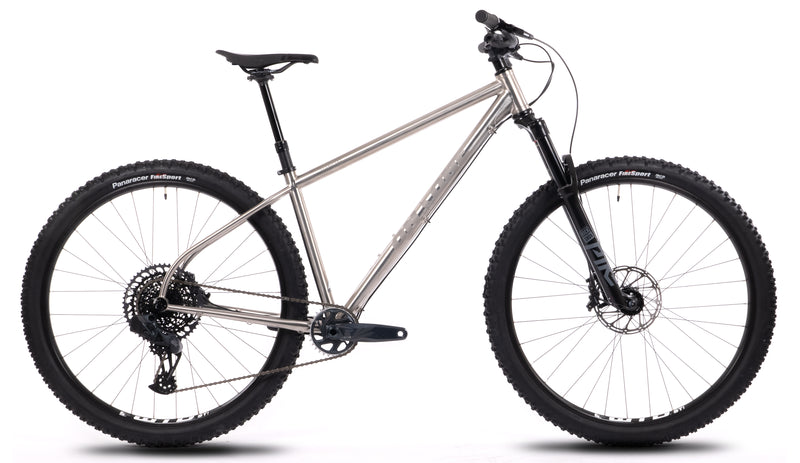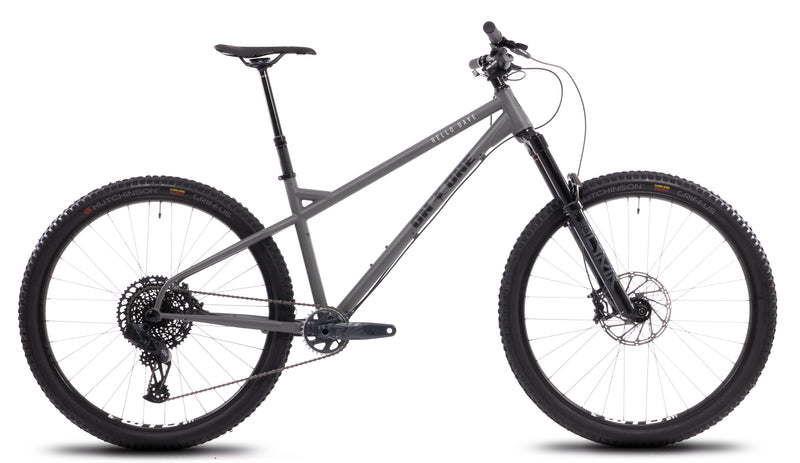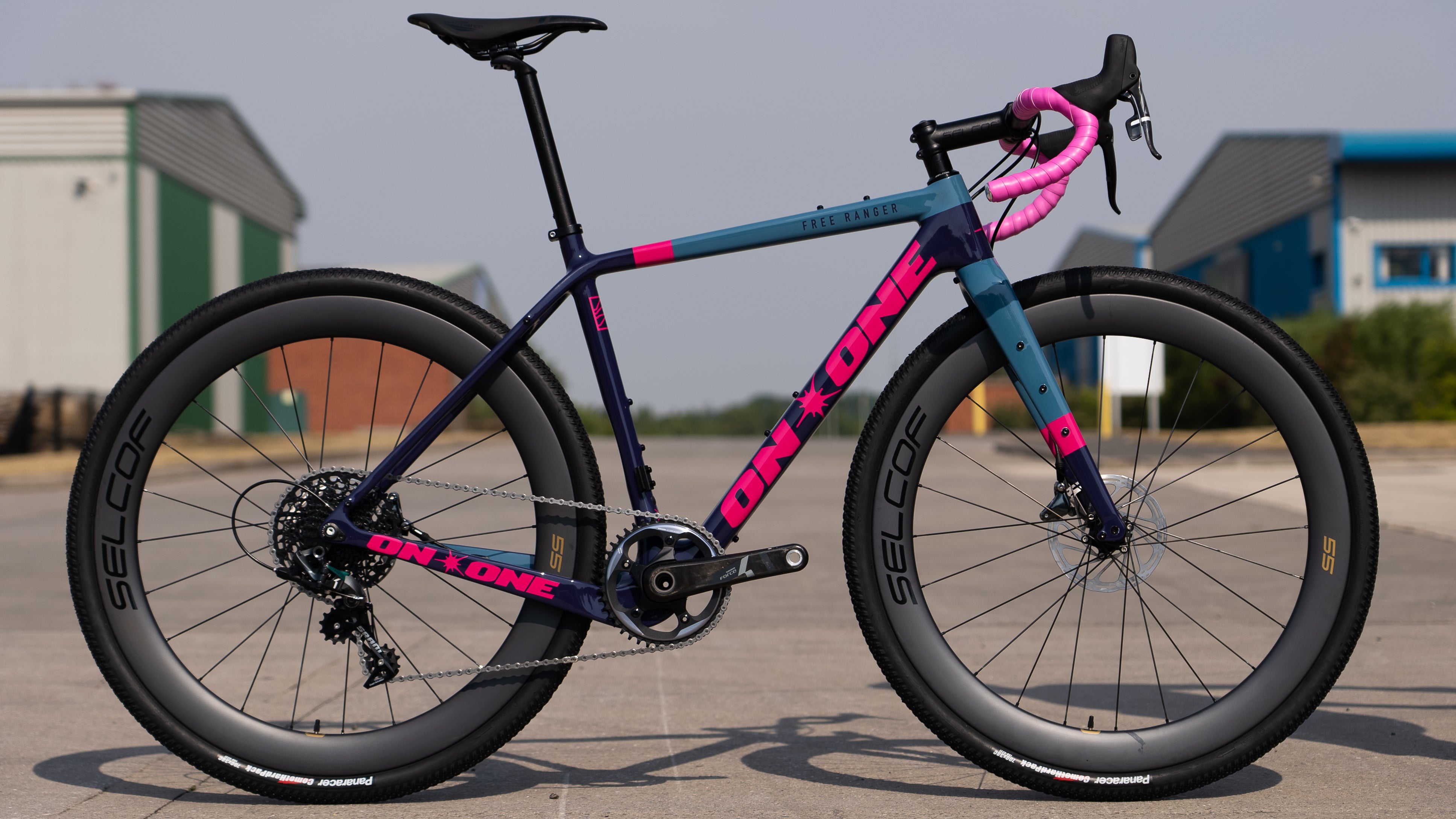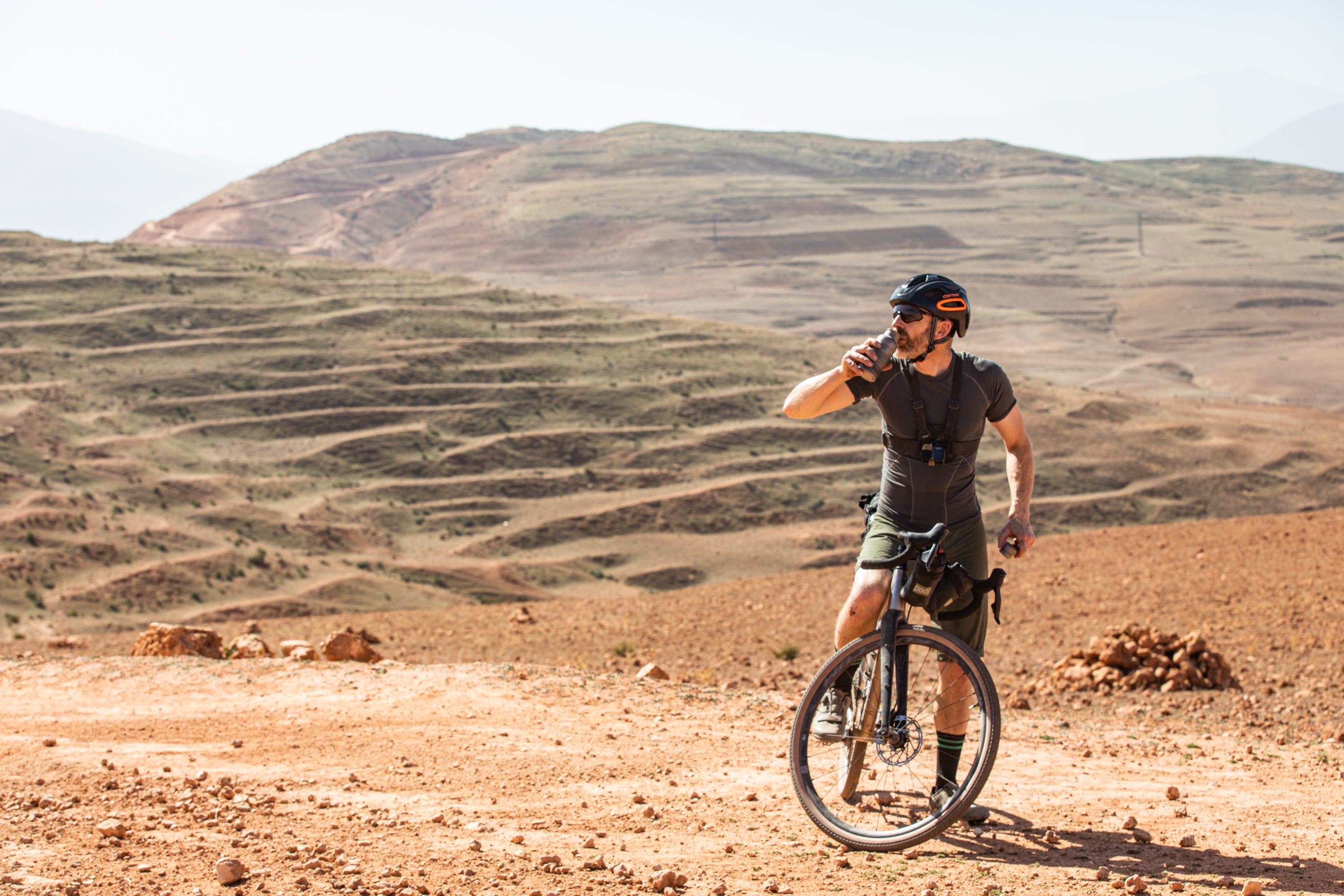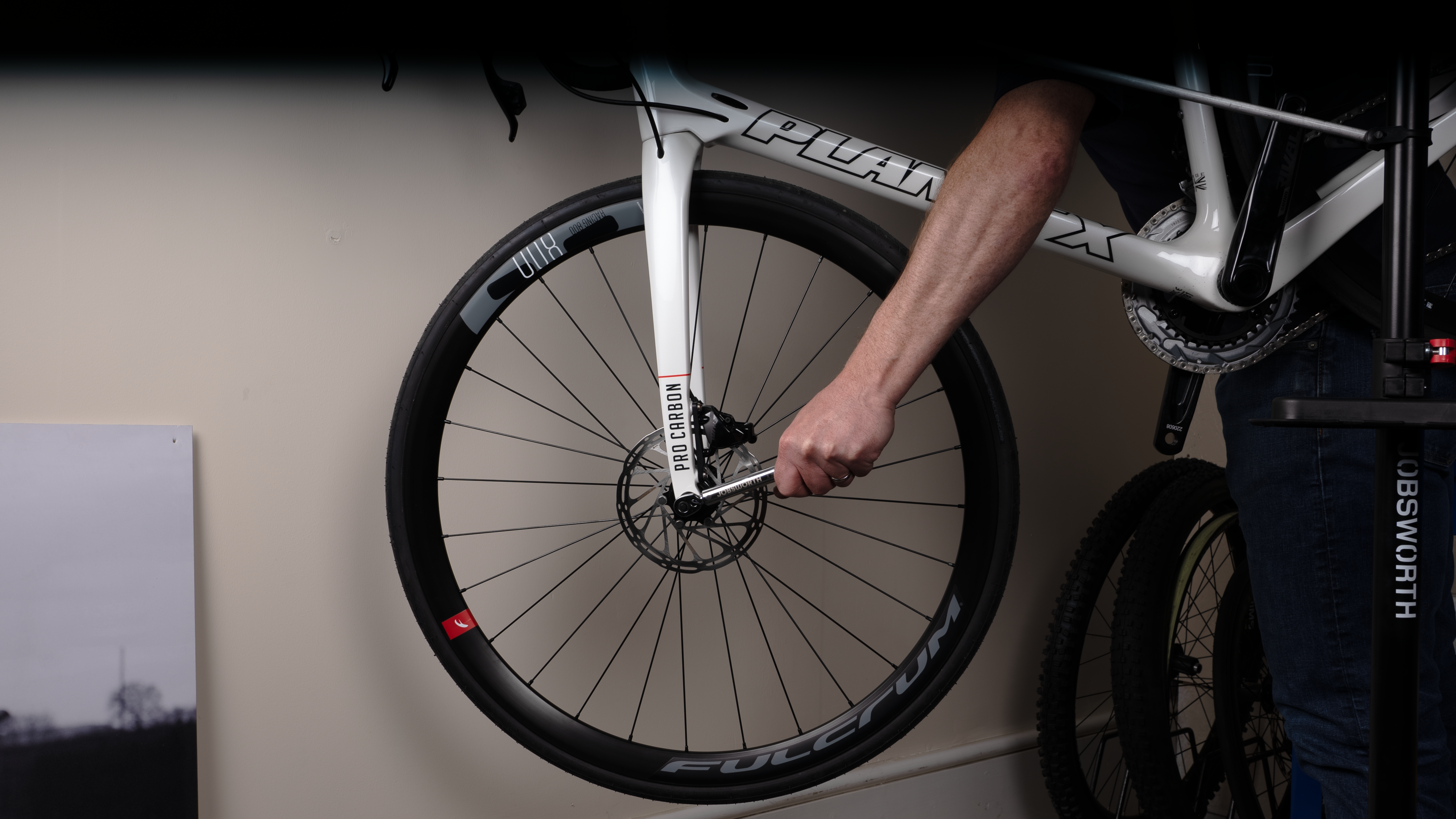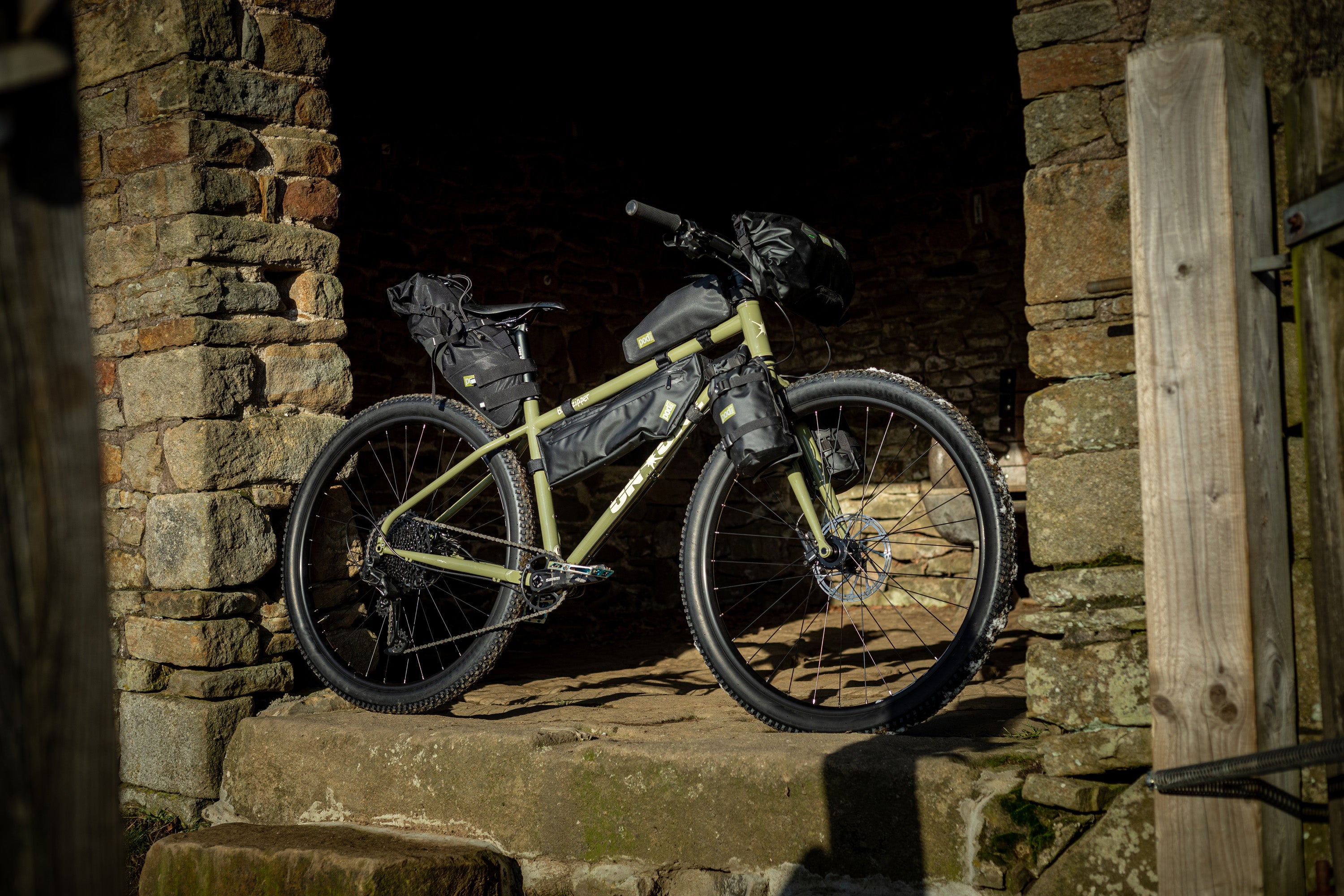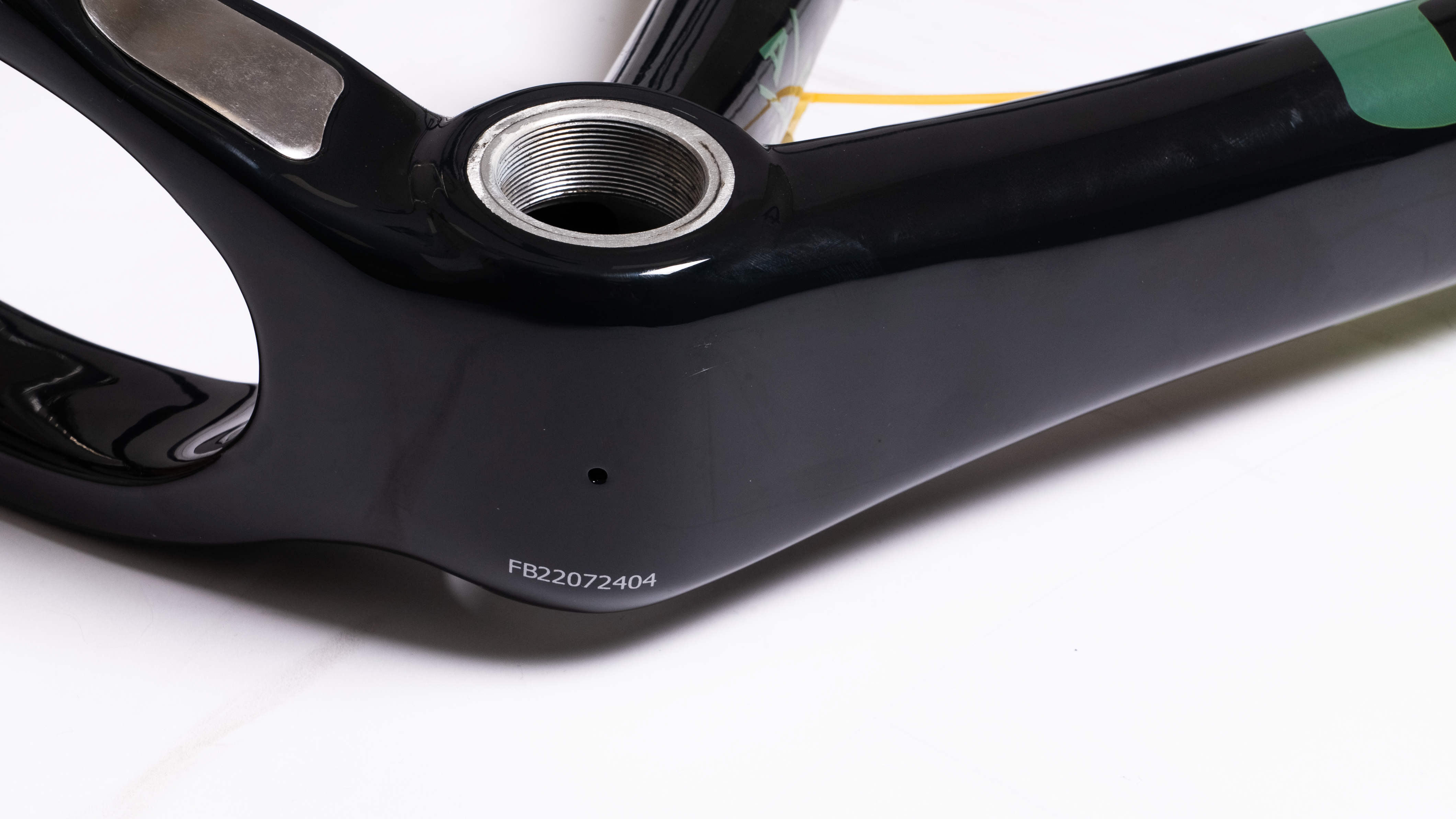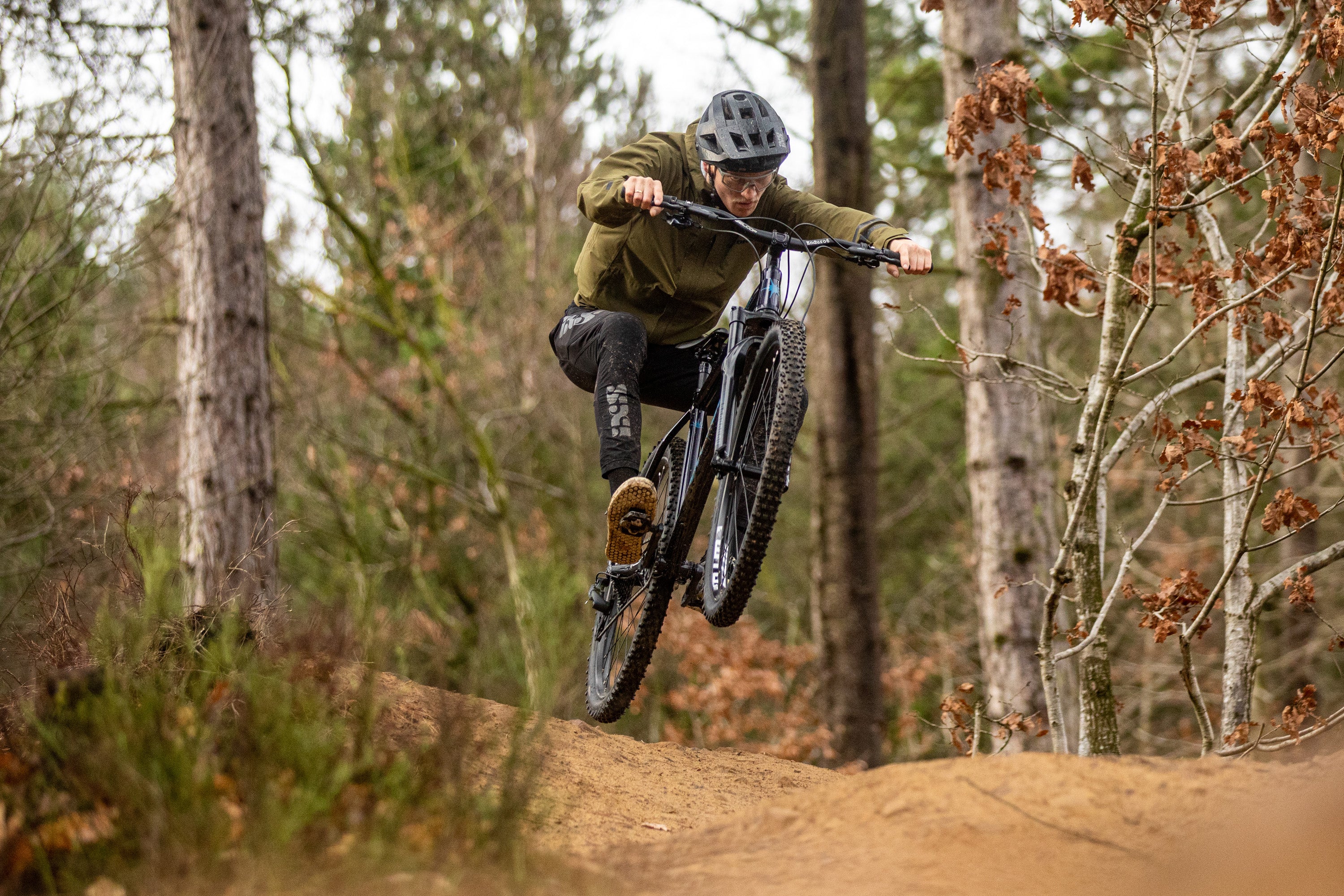How to train for a cycling event
1 May 2023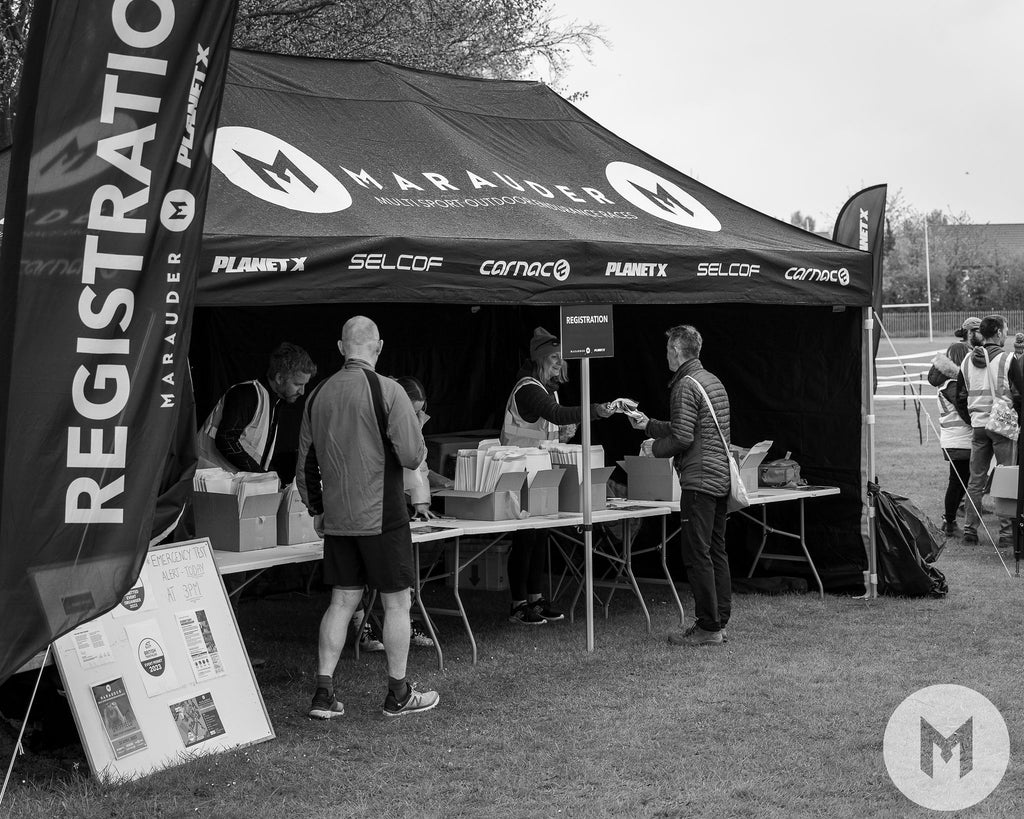

Getting ready to take on a new cycling challenge? We’re here to help. The days and weeks leading up to a cycling event can be a nervous time, especially if you’ve never been to one before, but the good news is, you’re not alone. Even seasoned professionals get nervous before a big race - and the key to moving past those nerves is knowing you’re fully prepared for the challenge ahead.
From logistics to fitness and back again, there’s plenty you can do ahead of time to make sure you’re ready on the big day. Keep reading to find out more.
How to prepare for a cycling race
It pays to think about the logistical considerations of your race. The big day may be a long way off yet, but planning ahead can save you time and money in the long run. These things can be done way ahead of time to take some of the stress out of those last few weeks before your event.
First, double check that you meet the requirements to race. If you’re just starting out as a racer and you don’t already have a British Cycling licence, you may need to buy a day licence or a full membership in order to compete. While day licences are typically available to buy on the actual day of the race, provisional and full licences need to be purchased ahead of time. Alternatively, you could try sportive events, which are similar to races but don’t require a licence. This can be a great way for beginners to get started with race-style events.
Once you’ve got the appropriate licence, it’s also worth checking that riders in your category or classification are allowed to take part in the race. Some races may only be open to cyclists who have a certain number of points attributed to their record, meaning that they’re experienced and skilled enough to take on the course. You don’t want to make all your preparations and then arrive on the day to find you’re not eligible to race, so be sure to double check in good time.
Next, take some time to think about how you’re going to get to and from the event. If it’s within walking or cycling distance, then you won’t need to arrange transport, but events which are further away require forward planning. Will you be driving there? If you are, check over your bike rack and bags and make sure you know how to use them. If you’re going to go by train or another form of public transport, make sure to book ahead of time - both your own seat and a space for your bike.
Lastly, make sure that your bike is set up right. You can train and train as much as you like, but riding on a bike that isn’t set up correctly for you may prevent you from doing as well as you’d like. Making sure your bike is set up properly is something you should do before taking your first ride on a new bike, but it can also be a good idea to check the set-up before big events like races. Take an hour or two a few weeks before the race to check your bike's set-up, making sure that the saddle, handlebar and pedals are all in a comfortable position for you.
How to train for a cycling race
To some extent, the training you’ll need to do in order to prepare for your race will depend on the nature of the event. For example, if you’re entering into a long distance endurance race, working on your stamina is a good starting point. Alternatively, if you’re opting for a shorter crit race, improving your ability to maintain high intensity bursts of cycling may be a more appropriate course of action. However, that’s not to say that there aren’t any general training tips to go by.
The first step of training is to make sure your physical fitness is up to scratch. If you’re a regular rider, chances are you’re already fit enough to finish the race without collapsing from exhaustion - but actually competing with the other racers may need more preparation. Try to take on rides that are at least as long and intense as your race will be - the more practice you get, the better you’ll be. It’s a good idea to keep in mind any areas you’re struggling with - such as steep climbs, long hills or rougher terrain. These can then become the areas you focus on with more targeted training.
In order to be ready for your event, you might want to step up the amount of time you’re spending on the bike. This is a good way to intensify your training and see better results more quickly - but make sure you don’t overdo it. Even the most elite cyclists need rest and recovery days and you’re no exception. Taking days off the bike - and away from other forms of training - allows your body the time it needs to repair itself so you can come back fitter the next day. It’s also a good idea to dial back your training in the last week or so before the race so you can recover to peak ability.
There are also some tips and tricks which are most applicable for riders in certain disciplines.
How to train for a mountain bike race
Mountain biking races involve rough terrain, exhilarating descents and steep climbs. Below, we’ve compiled a brief list of our top tips for MTB races:
-Ride short circuits to simulate high-intensity race conditions
-Target cornering and line choice to gain valuable ‘free speed’
-Develop muscle memory for non-slip starts
-Train with a heavier bike than you’ll have on race day
-Use your mountain bike for recovery rides on tarmac
How to train for a road bike race
Is your upcoming race on tarmac? Here are some pointers to get you started with your training plans.
-Get comfortable riding in a peloton
-Do a recce of the course ahead of time
-Avoid complex tactics until you’re confident in a race situation
-Maximise your aerodynamics
-Try high-intensity sprints to build endurance
How to train for a gravel race
Heading out for a gravel race? Here are some top tips for traditional gravel and cyclocross racing.
Gravel race tips:
-Get accustomed to long rides - some gravel races can be as long as 200 miles
-Train on similar surfaces to what you’ll race on - riding on gravel is very different to riding on sand or mud
-Put in some time on hill climbs even if they won’t be in the race - climbing mimics the kind of low cadence cycling you’ll need on sandy or muddy surfaces
Cyclocross tips:
-Don’t forget to practise mounting and dismounting at speed
-Get used to running while shouldering your bike
-Practise cornering at speed to improve your agility in race conditions
